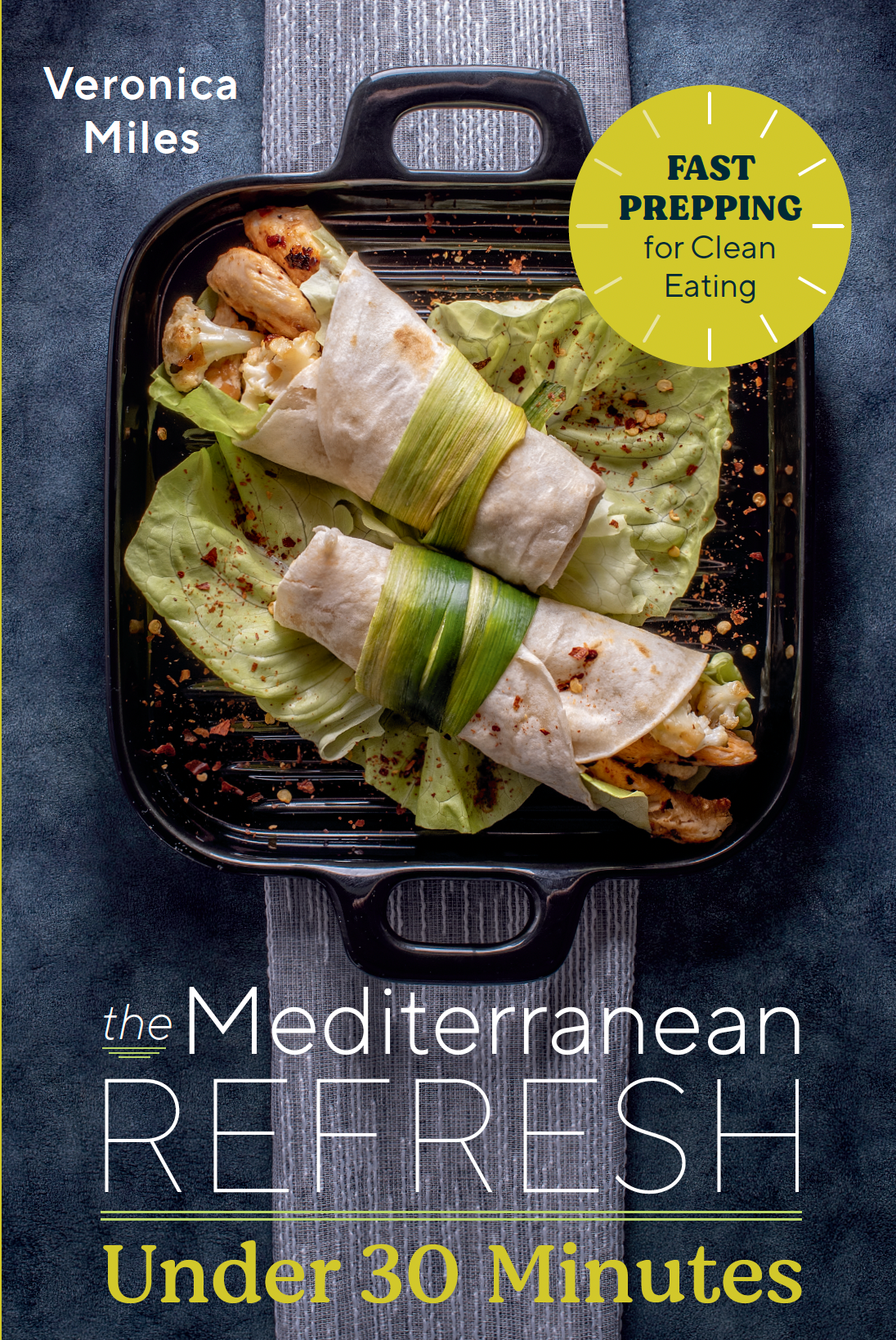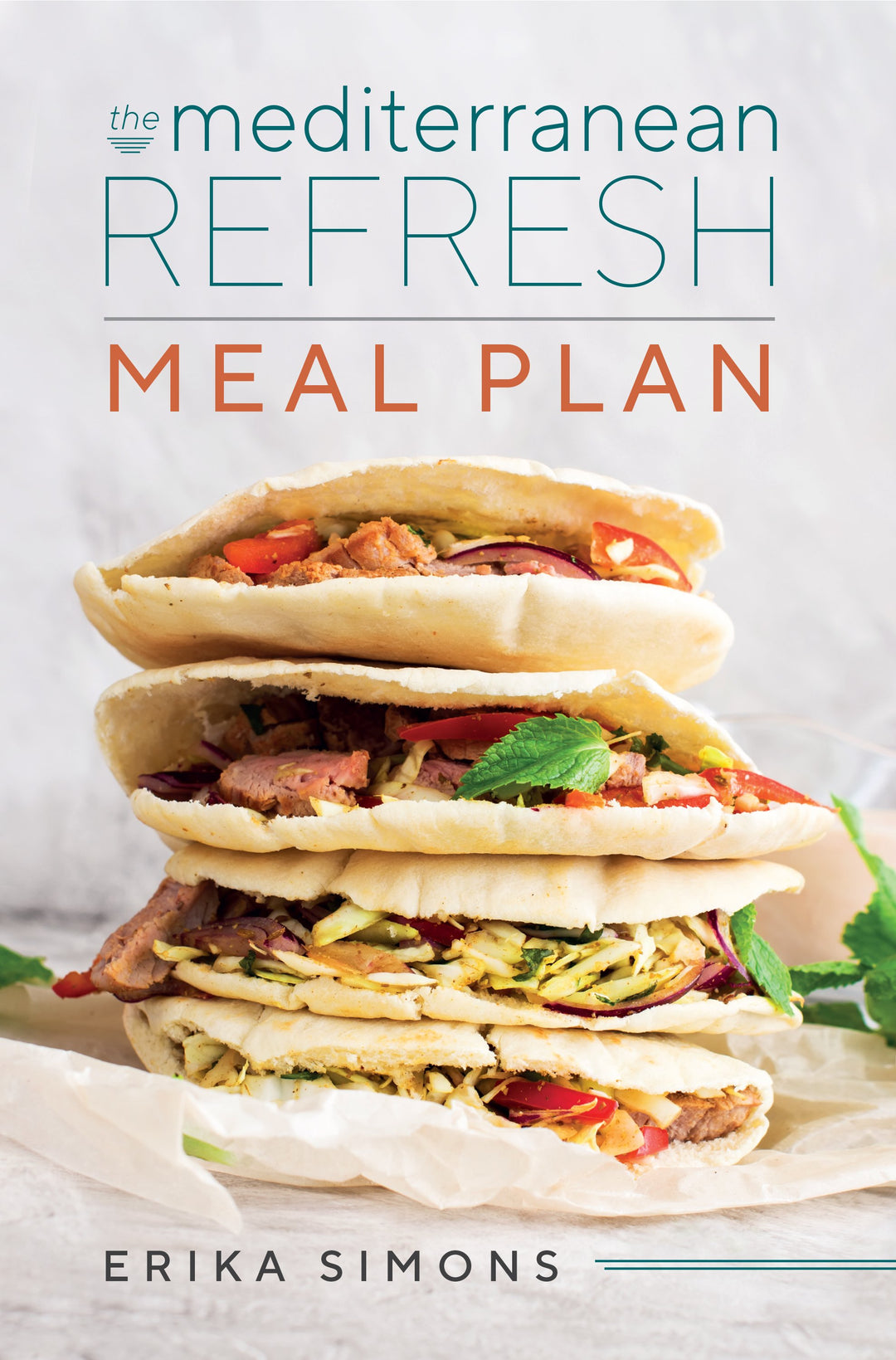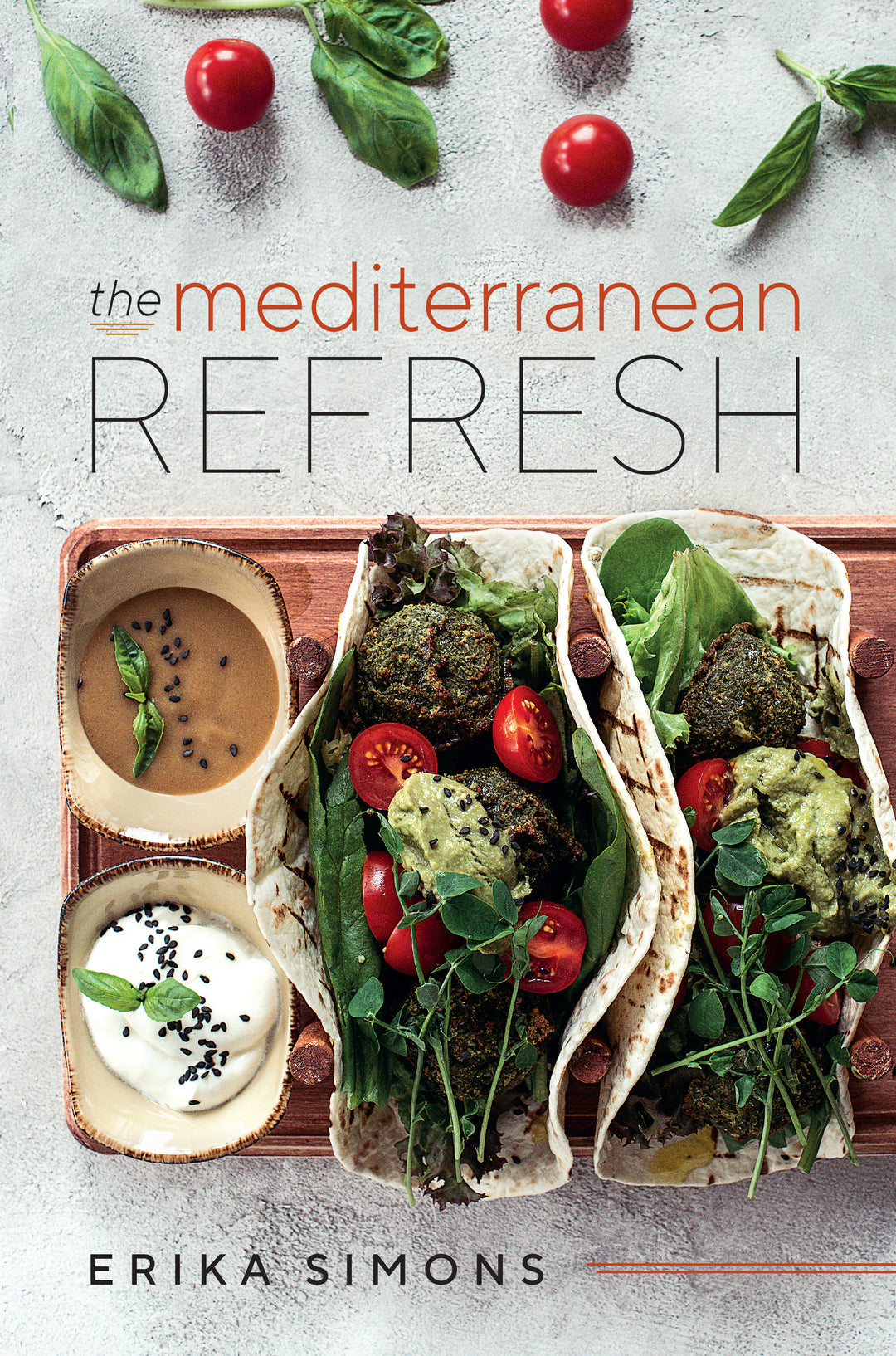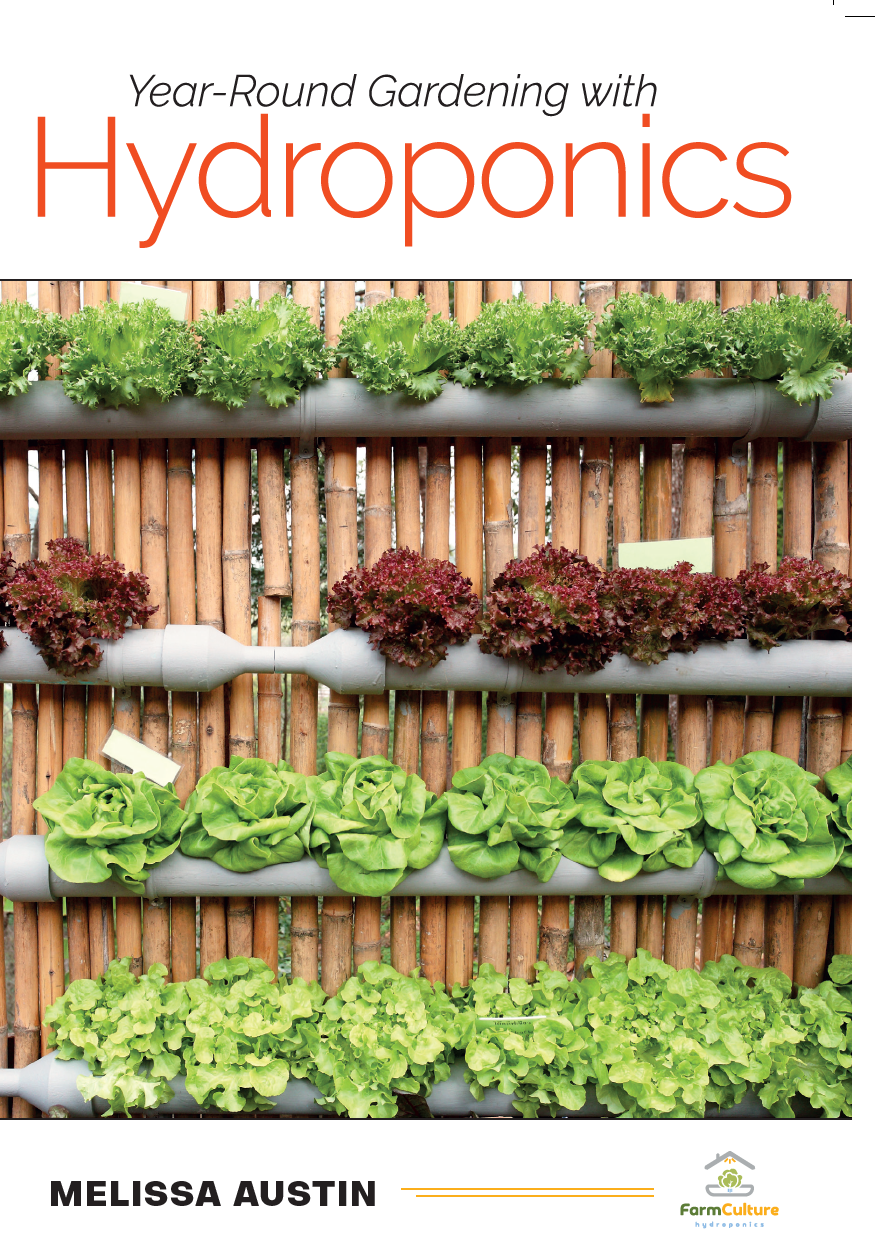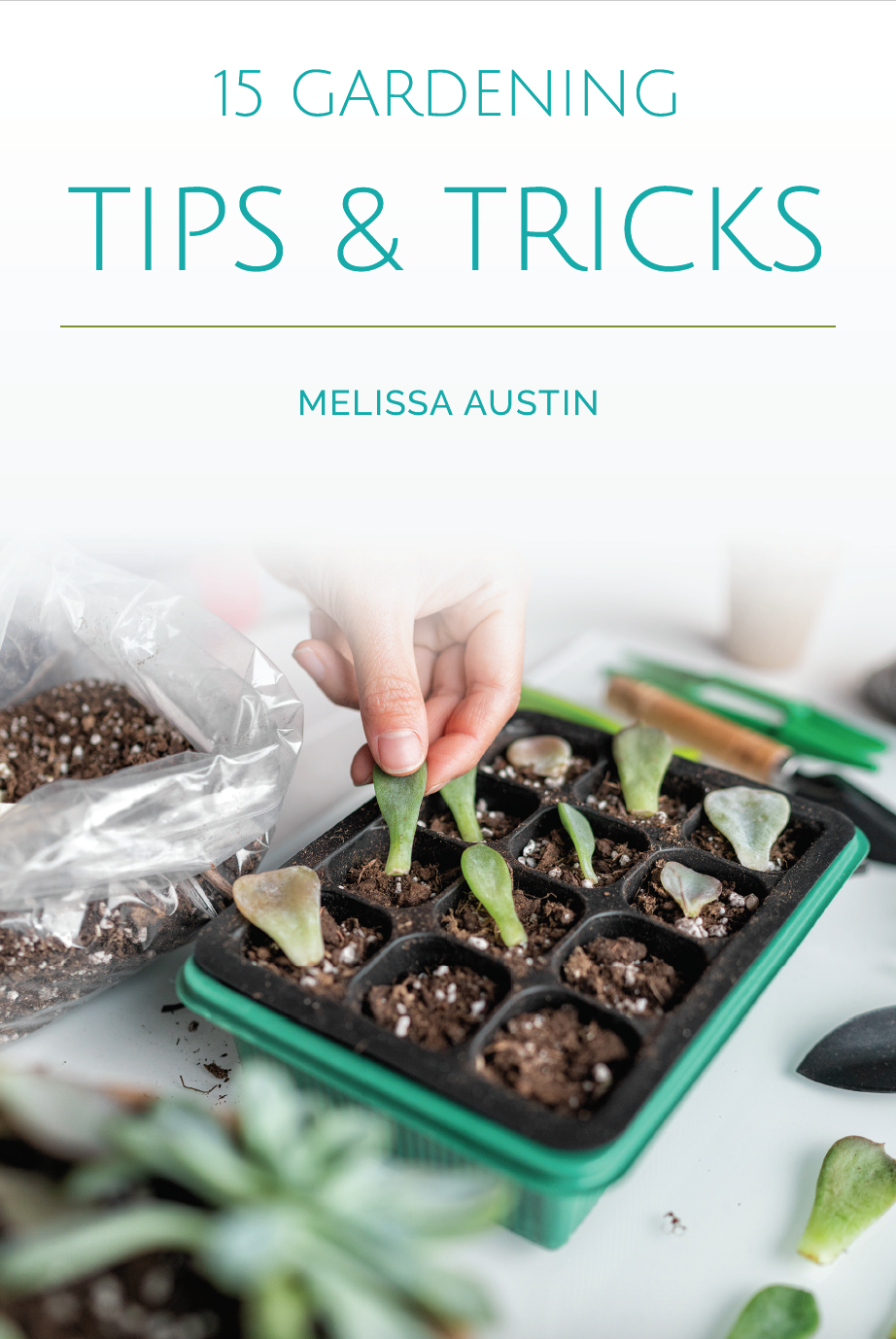Embrace Healthier Eating with Expert Meal Planning Guides
In today's fast-paced world, maintaining a healthy diet can often feel overwhelming. However, with the right meal planning guides, you can simplify the process and embrace a healthier lifestyle. This blog will explore effective strategies, tips, and expert advice to help you navigate the world of meal planning with ease and confidence.
Understanding the Basics of Meal Planning
Start with the fundamentals of meal planning. Understanding what meal planning is and how it can transform your eating habits is essential. At its core, meal planning is about making intentional choices regarding what you eat. By planning your meals, you preemptively decide on nutritious options, reducing the likelihood of reaching for unhealthy alternatives.
There are various approaches to meal planning, from prepping a whole week’s worth of meals in one session to simply outlining daily meals. One effective method is to start by outlining just a few of your favorite recipes each week. As you become more comfortable, you can gradually expand your meal plan to include new dishes and flavors, keeping things exciting.
Additionally, taking the time to collect your family's preferences will make this task even more rewarding. When everyone looks forward to the meals you've planned, you'll find that the process transforms from a chore into an enjoyable family activity.
Setting Realistic Goals for Healthier Eating
Setting achievable goals is crucial in making lasting changes. Start by assessing your current eating habits and identify specific areas you’d like to improve. Maybe you want to incorporate more vegetables or reduce processed foods. Whatever your focus, ensure your goals are manageable and cater to your lifestyle.
For instance, if you currently dine out frequently, a realistic goal could be to prepare meals at home three nights a week to start off with. Gradually increase this number as you get more comfortable with cooking at home. This not only improves your diet but also saves you money.
Another effective strategy is to utilize visual aids—like a meal planning calendar or a goal tracker— which can help maintain your motivation. By visualizing your progress, you’ll not only stay focused but also celebrate your achievements, no matter how small they may seem.
Incorporating feedback from loved ones can help further refine your goals. Ask for their input and share the meals you plan; their excitement might boost your motivation and ensure you're aligned on healthy eating together.
Creating Your Weekly Meal Plan
Dive into the step-by-step process of crafting a weekly meal plan. Start by selecting a specific day for meal prep and create a layout that works for you—will it be a grid format, a simple list, or a digital tool? Whatever it is, choose a format that feels intuitive.
Begin by noting down all the meals you wish to prepare, starting with proteins as the backbone, followed by vegetables, and then whole grains. This structure not only ensures a balanced diet but also helps you avoid last-minute decisions that can lead to unhealthy choices. A common rule of thumb is to fill half your plate with vegetables and fruits, a quarter with lean proteins, and a quarter with healthy grains.
Next, allow for variety within your plan. Why not experiment with a theme for each day? For example, 'Meatless Mondays' or 'Taco Tuesdays' can keep it fun. On weekends, consider preparing larger portions to enjoy leftovers or freeze meals for busier weeks.
Shopping Smart: Meal Planning and Grocery Lists
Master the art of grocery shopping with meal planning. Understand how to create a grocery list that saves time, reduces food waste, and ensures you have everything you need to stick to your meal plan. Start by organizing your grocery list based on the layout of your favorite supermarket. This will make your shopping trip as efficient as possible.
When drafting your list, refer to your meal plan to ensure you don’t miss any ingredients. It can be beneficial to designate sections such as produce, dairy, and pantry items, so you’re less likely to backtrack through the store for forgotten items. Remember, having a well-stocked pantry with essentials will make it easier to whip up meals on short notice.
Additionally, consider shopping local and seasonal when possible. You'll find that fresh produce not only tastes better but is often less expensive. Building a relationship with local grocers or farmers can also lead to discovering fresh options that may inspire new meal ideas.
Meal Prep Techniques to Save Time and Stay Healthy
Explore efficient meal prep techniques that allow you to prepare multiple meals at once, minimizing daily cooking time. One effective method is batch cooking, where you prepare a large batch of a single dish to divide into portions for later use. Dishes like soups, stews, and casseroles are excellent choices because they often taste even better after sitting for a while!
Prepping ingredients in advance can also be a game-changer. Spend a bit of time washing, chopping, and storing vegetables in containers, so they’re ready to toss into meals throughout the week. Similarly, cooking grains in larger quantities ensures they are readily available for various recipes.
Finally, storing meals in clear, labeled containers can simplify your choices for lunches and dinners, eliminating the question of 'What should I eat?' at the end of a long day. As you build your meal prep routine, you’ll quickly realize how empowering it is to have healthy options at your fingertips whenever hunger strikes.
Overcoming Common Meal Planning Challenges
Identify and tackle common obstacles in meal planning, such as time constraints, lack of motivation, or picky eaters. The first step is acknowledging these hurdles rather than avoiding them. For example, if time is your primary barrier, consider simplifying your meal prep by choosing quicker recipes or dividing your cooking tasks across multiple days.
Having a go-to list of 10-15 quick meals that you can rely on during busy weeks can save you a lot of hassle. These meals could be as simple as a stir-fry or a pasta dish, allowing you to keep stress levels down while still feeding your body well.
Moreover, motivational struggles are common, especially when starting something new. To combat this, try to carve out meal planning time on your calendar that's just for you—perhaps with some music or a podcast playing in the background. Making it a fun ritual can help create a positive association with the task.
Lastly, dealing with picky eaters requires a bit of creativity. Involve them in the planning process; have them choose some meals or pick out fruits and vegetables they like at the store. It enhances their investment in the meals you prepare together.
Adjusting Your Meal Plans for Special Diets
Learn how to adapt meal planning strategies to cater to specific dietary needs, whether it's vegetarian, gluten-free, or any other special considerations, ensuring everyone can enjoy nutritious meals. Start by researching simple substitutions for common ingredients to easily adjust recipes. For example, swapping regular pasta for lentil-based or zucchini noodles can create a gluten-free option that retains great taste.
In addition, consider the various resources available for meal planning tailored to dietary restrictions. There are countless blogs, cookbooks, and apps dedicated to specific diets that provide inspiration and guidance. Engage with these tools to enhance your meal planning experience!
Remember to create a variety in your meal plan, especially if you follow a limited diet. Explore spices, herbs, and different cooking techniques to keep meals exciting and flavorful. With some creativity, you can ensure your meal plans are both nutritious and enjoyable.
Engaging the Family in Meal Planning
Get the whole family involved in meal planning! Discover fun ways to encourage participation, from selecting recipes to cooking together, making healthy eating a collective effort. Start by hosting a family meeting to brainstorm meals everyone would enjoy. This will give everyone a voice in the planning process and can create greater enthusiasm around the meals.
Another great idea is to theme your nights, such as ‘Family Pizza Night’ where everyone can customize their toppings. Activities like these not only make meals enjoyable but also help teach kids about making healthier food choices.
Moreover, you could assign certain roles each week; perhaps one person is the 'recipe selector', another is responsible for making the grocery list, while someone else takes the lead on cooking. By spreading out responsibilities, you foster teamwork and make the meal planning process less burdensome.
Take Charge of Your Health with Meal Planning
By incorporating these meal planning techniques into your routine, you'll not only embrace healthier eating habits but also enjoy the process of preparing and sharing meals. Remember, the key is to keep it simple, sustainable, and enjoyable. Happy meal planning!




